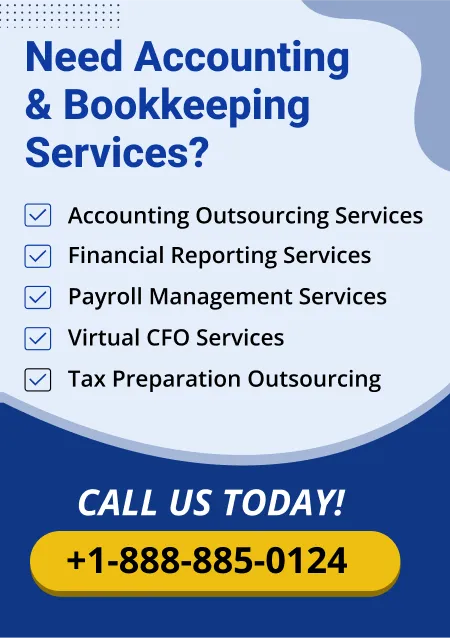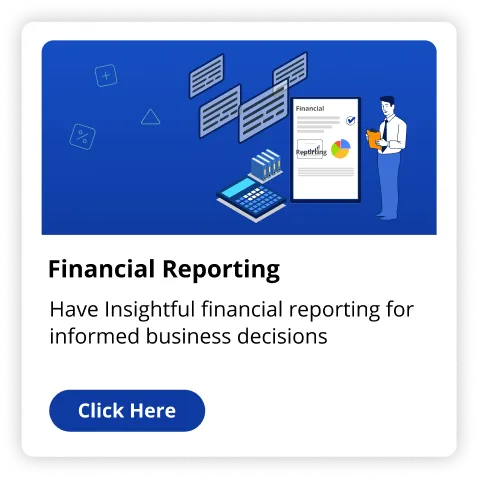In 2023, U.S. businesses invested over USD 2 trillion in fixed assets, demonstrating exactly how essential these resources are for businesses in all sectors. But what are fixed assets & can managing them benefit your company? Let us describe what these fixed assets are and see some simple ways to manage them, particularly in case you operate a company in America.
What Are Fixed Assets?
Fixed assets are long term, tangible assets that an organization has and makes use of to conduct business. These assets aren't for sale but are utilized daily to help support the company's functioning. Examples include property, vehicles, machinery, business supplies and computer systems.
For many reasons fixed assets are needed:
Income Generation: Fixed assets bring businesses revenue. For instance, a construction company needs vehicles and tools to finish projects.
Loan Collateral: Some businesses make fixed assets collateral for loans. This provides lenders the guarantee that in case the business fails on repayment, the assets may be utilized to repay the loan.
Depreciation Deductions: Fixed assets depreciate as time passes and companies can deduct this amortization as being a tax deduction.
In short, fixed assets are important to conduct operations and keep a business financially stable. However, managing these assets correctly can help you realize their full value on your business over time.
What Are the Kinds of Fixed Assets?
Before we start managing fixed assets, let’s see the types of fixed assets:
Tangible Fixed Assets: They include physical items like buildings, equipment, and automobiles. They add measurable value and directly support business operations.
Intangible Fixed Assets: They consist of non-physical assets like patents, intellectual property, and trademarks. They do not have a physical form yet are important assets which help the business develop.
Natural Resources: Some businesses possess natural resources, which includes land with mineral deposits, which are also fixed assets.
Remember that land is a fixed property and doesn't depreciate. Some other assets lose value as time passes like buildings and automobiles and also should be accounted for in financial statements.
Managing Fixed Assets Efficiently for Your Business
The management of fixed assets is a vital job for keeping the right financial records and maximizing the importance of such resources. Simple management strategies are listed below:
Track Your Assets with Accounting Services
Understanding what you possess will be the first step to handling fixed assets. Many small businesses subestimate their assets and produce incorrect financial statements. Using accounting services are able to maintain an accurate inventory of all the fixed assets.
Specialized accounting services typically maintain depreciation, asset values, and maintenance schedules using asset management software. This keeps your assets recorded and current.
Schedule Regular Physical Inventory Checks
Software is good, however, you must physically verify your assets. Create regular inventory checks, possibly every 6 months or even annually - to confirm that all assets are exactly where they ought to be.
During these checks you should:
- Compare the actual physical inventory with your records.
- Check the condition of the assets.
- Record lost, damaged or stolen items.
Accounting services will help you organize these physical checks and still meet financial reporting standards.
Use Depreciation to Your Advantage
As pointed out earlier, most fixed assets appreciate over time. Depreciation refers to the depreciation of value brought on by wear & tear and deterioration. Depreciation lowers the valuation of the asset on your books but is a fantastic tax deduction.
Different techniques for calculating depreciation exist, and accounting services will help you determine which is ideal for your company :
- Straight-Line Depreciation: This particular technique spreads the depreciation on the useful life of the asset.
- Double Declining Balance: It's an accelerated depreciation technique whereby the asset depreciates quicker in earlier years.
- Units of Production: Depreciation is calculated on the asset's use or output instead of on time.
Each technique has distinct advantages according to the asset type and software of your company.
Role of Net Fixed Assets
Net fixed assets are the amount of your assets after depreciation and liabilities (like loans). This figure shows you what your assets are worth. Should you ever have to sell or even set your assets up as collateral you have to know their net value.
Use accounting services to compute net fixed assets for the best figure. They'll cover any change in value so you always have an up-to-date assessment.
Implement Asset Maintenance Plans
As important as tracking your fixed assets is maintaining them. Regular maintenance keeps your assets running smoothly and lasting longer. Automobiles, machinery, and gear all require routine repairs and inspections which prolong their useful lives.
Tools to schedule and record maintenance activities are offered by many accounting services. This can avoid costly breakdowns and boost the use of your assets.
Final Thoughts
Fixed assets are essential to the success of any business, especially in the U.S. Properly handled machinery, real estate or vehicles can boost operational efficiency and financial health. Using accounting services and following best practice in asset management, businesses can ensure growth and enhance their fixed assets.
For all your sales tax compliance questions, turn to The Fino Partners for guidance and support.



























